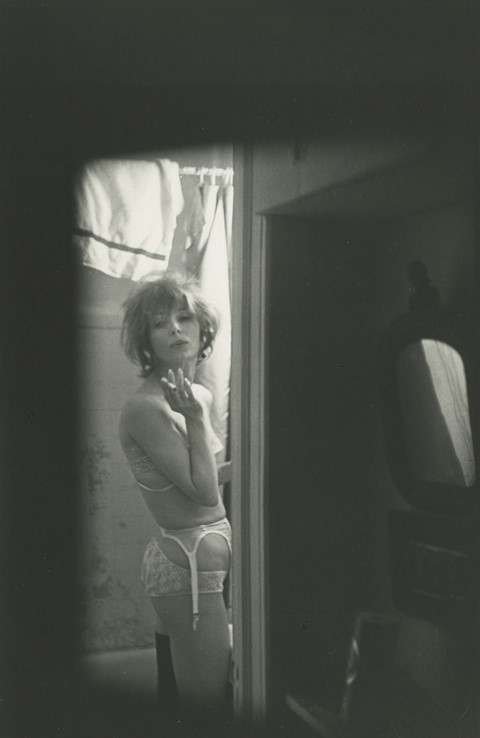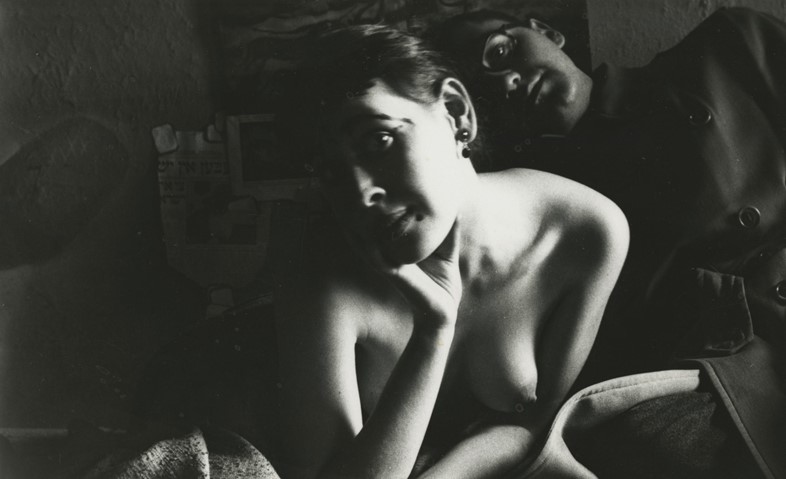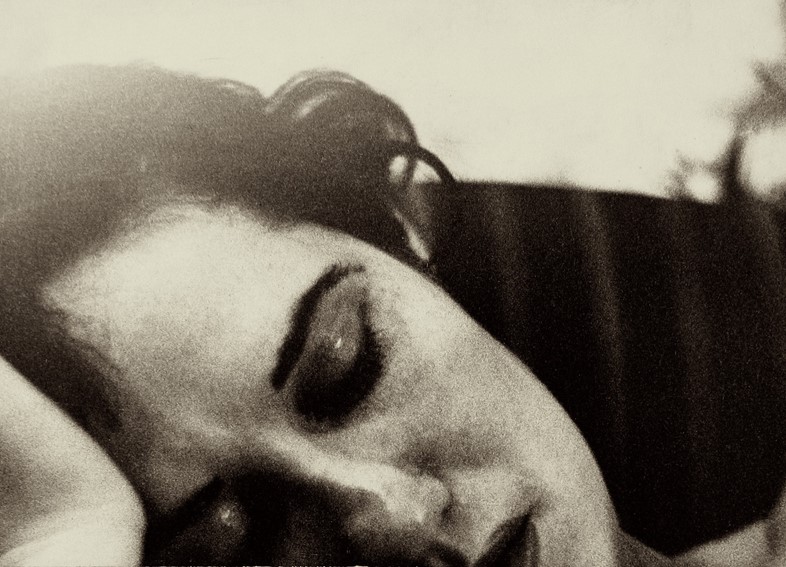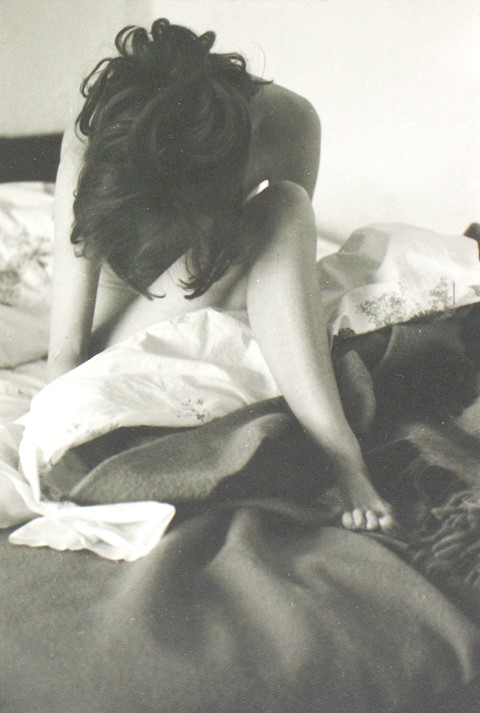The expansive and intimate collection wasn’t found until after the fashion photographer’s death
American image-maker Saul Leiter was a famously private man, keeping a markedly low profile throughout his lifetime in spite of the widespread acclaim he garnered as a fashion photographer in the 60s and 70s. His modus operandi was one of constant, quiet observation, whether capturing glorious Kodachrome studies of the New York City streets or lensing models for the likes of Harper’s Bazaar and Elle. “There’s a great story that Grace Coddington tells in her biography,” Margit Erb, director of the Saul Leiter Foundation, tells AnOther. “She was to be photographed by the famous Saul Leiter and was told to meet him in one of the squares in Manhattan. She went there and stood and waited for about half an hour but he was a no-show. She went back to the office and said, ‘I tried to find him but I couldn’t,’ and the director said, ‘Oh no, he’s photographed you!’ Saul had a telephoto lens and he’d waited for her to arrive, photographed her from a distance as she stood there waiting – probably with her hips out in a very natural way – and he got the image.”
Of course, Leiter did not conduct all his shoots in such an undercover manner, but this anecdote wonderfully encapsulates his unwavering devotion to a natural, unselfconscious portrayal of the human form. Nowhere is this better demonstrated than in his various studies of the female nude – a recurring fascination for the photographer, dating back to his move to New York from Pittsburgh in the mid 1940s and continuing through the early 60s. This body of work, undoubtedly the most intimate among Leiter’s varied oeuvre, is the subject of a new exhibition at New York’s Howard Greenberg gallery, titled In My Room – marking the first time that many of the images have ever been shown. “There were just a handful that we knew about when Saul was alive,” explains Erb, who first met Leiter while working at Howard Greenberg in the mid 90s. “But we didn’t realise how many different images that he’d actually ended up taking and printing until he died and we were able to take down all his boxes and sort through everything.”

What they discovered, Erb reveals, were hundreds of monochrome prints depicting Leiter’s closest female friends and lovers – “around seven or eight different women, including his first wife, and his lifelong partner Soames Bantry taken during that 15-year span”. The images were taken in Leiter’s East Village studio, a very personal setting infused with a sumptuous natural light. There, demonstrating an obvious ease in the artist’s presence, Leiter’s models frolicked with bohemian abandon, lounging in pyjamas or continuing about their daily routines – putting on make-up or having a casual cigarette on the balcony – without inhibition. “Saul was self-taught in art history and he loved the French Impressionists, and the work of Matisse, Vuillard, Bonnard,” Erb notes of the images’ painterly quality, from the lighting to the masterfully casual composition and pose. “He was a painter too and you can see various themes carried over from those artists into his photographs. Bonnard, for example, painted his wife taking a bath, a very sweet domestic portrayal that is reflected in these works. It’s women doing their everyday thing.”

In the 1970s, Leiter had been intending to make a book of the photographs, creating a plethora of prints from the countless negatives he’d accumulated. These helped Erb and her co-editor Robert Benton make a selection for the show, as well as an accompanying photobook by Steidl featuring a wider selection of the captivating snapshots. Interestingly, Erb believes that the nude works exist solely in black and white because the photographer, best known for his groundbreaking work in colour, was too cautious to send colour film to the lab to be developed. “Remember that there were no galleries exhibiting such work, no books in the 50s on such topics. These were very personal photographs,” she expands. When Erb first met Leiter, he also refused to reveal the models’ names. “He would say something like, ‘my landlady’s daughter’ or ‘Paris’ when we were titling them, trying to throw us off who these women were.” And it’s unsurprising really, when you remember that at the time the pictures were taken American women were expected to be found cheerily scrubbing at the kitchen sink, not languishing in their friend’s apartment making art.

It is the clear sense of collaboration between subject and artist that makes these images so striking. “There are no abstract forms, no parts of a woman, it’s the whole figure – her head, her eyes, her intelligence,” Erb observes. “These women are equal creators in the image, which is really incredible, especially nowadays, when we’re smack in the middle of the Me Too movement. They’re not posed – they’re captured in a very casual, spontaneous way and they have scars and impressions from their pants.” One of Leiter’s models, Fay, was at the exhibition opening, Erb tells us with a chuckle. “She’s 92 now. She moved to New York from Detroit around the same time as Saul and she posed for him in the nude. They had no romantic relationship but it’s clear they had a really good time making these photographs – she’s smoking, looking over her shoulder sultrily. What’s so funny is that she doesn’t remember being nude at all; she just felt so free and good about herself. These are photographs of the women that Saul loved, and I think that sets him apart from everything else that’s been done with the nude; and for myself I find it a total inspiration in a really discouraging time.”
Saul Leiter: In My Room is at Howard Greenberg until June 30, 2018. The photobook is available now, published by Steidl.






